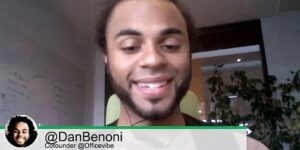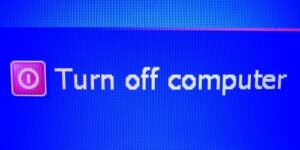Building Trust In The Workplace
Trust in the workplace is more important than ever as it drains productivity and eventually leads to costly turnover Many experts agree that trust is
Trust in the workplace is more important than ever as it drains productivity and eventually leads to costly turnover Many experts agree that trust is

Successful leaders understand the power of human nature. What do they know about behavior that others can learn?

Everyone wants a fulfilling job. But how do we find it, and why should employers support us? Let’s talk about it at #TChat Events

Is your company overdue for a culture makeover? How can leaders diagnose their organization’s health and drive successful change?

Great workplace cultures recognize employees as “whole” people. Learn how to fully engage your workforce at our webinar with the President of Virgin Pulse

Does “fun” fit into your vision of the ideal workplace? Are game-based models really effective at driving employee engagement? Let’s talk about it with several business culture innovators

Are employers unintentionally losing competitive steam by overlooking talent that lives at the margins? Could a more inclusive world of work boost innovation?

Flexible work: The concept is decades old, but technology and cultural changes are making alternative schedules and locations more viable. Take a closer look with #TChat

Is workplace technology evolving too quickly for organizations to absorb? How can we stay ahead of the curve without jeopardizing employee engagement?

Grand as it may be, today’s “always on” connectivity experiment is taking a toll, and business leaders are just starting to respond. But how can we help ourselves?

Is “vacation” a vanishing breed? Even when we’re able to get away from work, our connections follow us. How can we disconnect and de-stress in a world that’s always “on”?

When designing an organizational workspace, it’s essential to think from the “inside” out. Why? Thoughts from an employee recognition expert…

How does workspace design affect workforce engagement and organizational performance? See what our talent-minded “world of work” community says…

What role does age really play in today’s workplace? One of our very own #TChat Ambassadors takes a tough look, and offers advice for young professionals…
Working at the speed of business – what exactly IS the speed limit, anyway? The TalentCulture community takes on this question at #TChat this week…
Thanks to a new set of location-based mobile applications that have cropped up over the past year, our social interactions online are beginning to impact our real world lives in very real ways. Here’s how they work now: